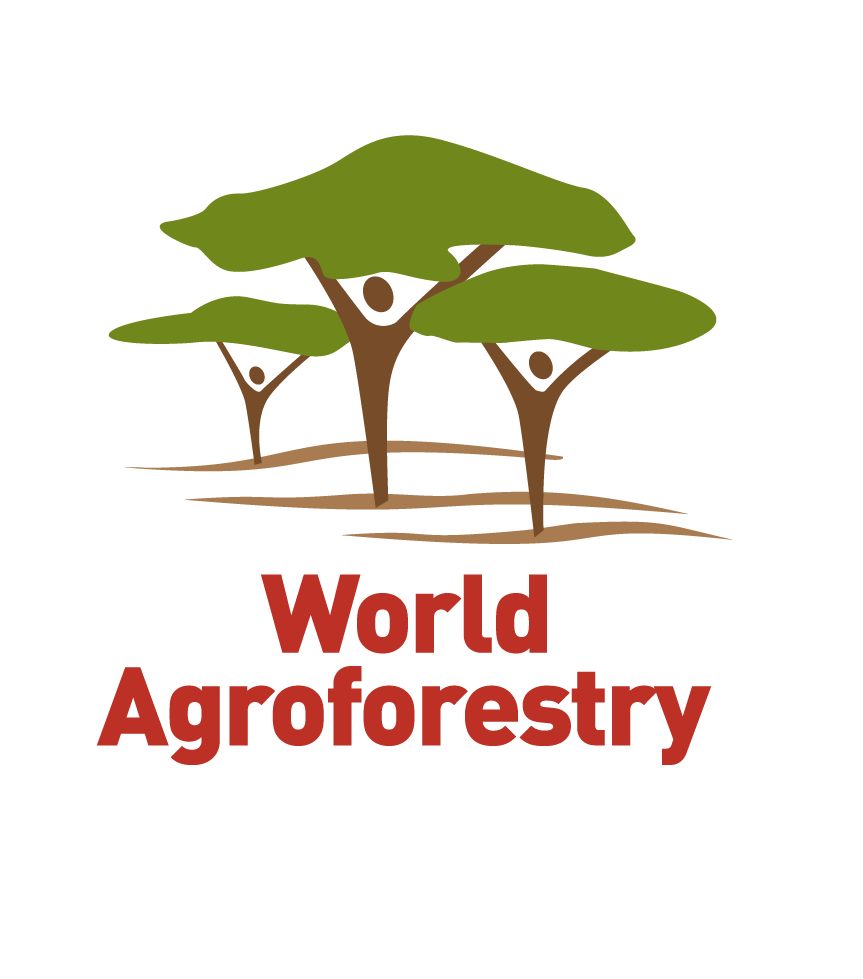Local names:
Afrikaans (driedoring ebbehout,swartdriedoring,sebrahout), Amharic (zobbi), Arabic (kelto,babanous,babanus), English (African blackwood,Mozambique ebony,Javanese palisander,ebony,blackwood,Senegal ebony,African ironwood,African ebony,zebra wood,blackwood
Dalbergia melanoxylon is a small, heavily branched tree, typically 4.5-7.5 m tall but occasionally reaching 15 m. The bole is fluted with high narrow ribs separated by deep indentations. Bole length occasionally reaches 3.6 m but normally ranges within .2-1.8 m. Average dbh at maturity is less than 38 cm, although trees have been found with a dbh of more than 60 cm. Bark pale grey to greyish-brown, papery, fairly smooth, and flaking in long, narrow strips. Stems often crooked. Branchlets clustered at the nodes, some growing out, others short and spine tipped; covered at first with short crisp hairs, usually glabrous. Leaves have a slender, common stalk 5-10 cm long; 8-13 leaflets sometimes nearly opposite, increasing in size upwards but all much the same shape; terminal leaflet 12-36 mm long by 12-18 mm broad, obovate, broadly notched at the apex, or almost flat, with midrib projecting, more or less rounded at the base; leaflet stalks slender, about 2 mm long. Flowers white, fragrant 6-9 cm long, occurring in dense clusters. Stamens usually 9, united or variously divided. Pods elliptic oblong or irregularly oblong, bluntly pointed, flat and thin, 3-7 cm long and 0.5-1.5 cm wide. They tend to be papery, glabrous, laxly and rather diffusely veined, with 1-2 seeds. The generic name Dalbergia honours the Swedish brothers Nils and Carl Dalberg, who lived in the 18th century. The former was a botanist and the latter explored Surinam. The specific name is Greek and means dark wood.
Ecology
D. melanoxylon grows under a wide range of conditions including semi-arid, subhumid and tropical lowland areas. It is often found on dry, rocky sites but is most frequent in the mixed deciduous forests and savannahs of the coastal region. This species demands water and light and therefore is common near water and will not regenerate under heavy cover. Mature trees are fire tolerant.
Native range
Angola, Botswana, Eritrea, Ethiopia, India, Kenya, Mozambique, Nigeria, Senegal, South Africa, Sudan, Tanzania, Uganda, Zambia, Zimbabwe
Tree management
Field trials are currently exploring suitable spacing for D. melanoxylon plantations. An initial spacing of 2 x 2 m results in good branching characteristics, while later thinning improves growth. Stem form is improved by raising the trees under medium shade provided by Pinus caribaea. Thorough weeding is important at the initial phase of establishment. After 5-7 years, trees planted early in the rainy season on thoroughly weeded plots averaged about 30% taller than trees planted at the same time but only lightly weeded. Trees planted in the middle of the rainy season and thoroughly weeded were about 45% taller than those planted at the beginning of the rains and lightly weeded. Intensive weeding is crucial until the tree’s root-collar diameter measures about 5 cm. Alternatively, the area around the tree should be slashed until its root-collar diameter measures 8-10 cm. The species is extremely slow growing; trees attain timber size in 70-100 years.
Seed storage behaviour is orthodox; viability can be maintained for several years in hermetic storage at 3 deg. C with 9-12% mc. There are about 42 000 seeds/kg.
D. melanoxylon grows under a wide range of conditions including semi-arid, subhumid and tropical lowland areas. It is often found on dry, rocky sites but is most frequent in the mixed deciduous forests and savannahs of the coastal region. This species demands water and light and therefore is common near water and will not regenerate under heavy cover. Mature trees are fire tolerant.
D. melanoxylon has not been cultivated extensively. Seed extracted from pods germinate readily without pretreatment. Experimental work in Tanzania suggests that survival and growth are improved by planting 2-year-old stumps that are 14 cm long, comprising 12 cm of root and 2 cm of shoot. These should be planted in the early or middle part of the rainy season, followed by intensive weeding. Potted seedlings may also be used, but they tend to grow more slowly. When seedlings are raised in pots, frequent root pruning is mandatory. Delayed pruning leads to seedling shock. Advanced plant-production techniques such as tissue culture or use of growth hormones have not been tested.
The pods and leaves can be used as animal fodder.
Apiculture: Like other members of the genus Dalbergia, its honey is dark amber and strong flavoured.
The calorific value of the wood is more than 49 000 kcal/kg. Heat generation is so high that fires of D. melanoxylon have been reported to melt cooking utensils.
Timber: The sapwood is white or yellowish-white, often 12 cm wide, and sharply differentiated. The heartwood is purplish black, sometimes darker towards the outside, with light streaks and not always uniform in colour. The timber is slightly oily, exceptionally hard and very heavy (1314 kg/cu. m), brittle and somewhat fissile. The heartwood is extremely durable and resistant to all forms of biological deterioration. The sapwood, however, is susceptible to fungal or insect attack. The dry wood is difficult to saw or plane. It blunts saws and cutters and cannot be nailed or screwed without drilling. It is, however, among the finest of all turnery timbers, cutting exactly and finishing to a brilliantly polished, lustrous surface, dry and cold to the touch. Other products made from the timber include carvings, turnery and marquetry to produce sculptures, musical instruments, ornaments, inlays, chess pieces, walking sticks, bearings and many other products. The main industrial use, long supporting an export trade from East Africa and Mozambique, is the manufacture of musical instruments, especially woodwinds. With its high density and fine texture, D. melanoxylon wood produces a beautiful musical tone. It is stable, stands up to metalwork processes, and takes an excellent finish.
Medicine: The roots are used in traditional medicines to treat abdominal pain, diarrhoea and syphilis; the wood smoke is inhaled to treat headaches and bronchitis.
